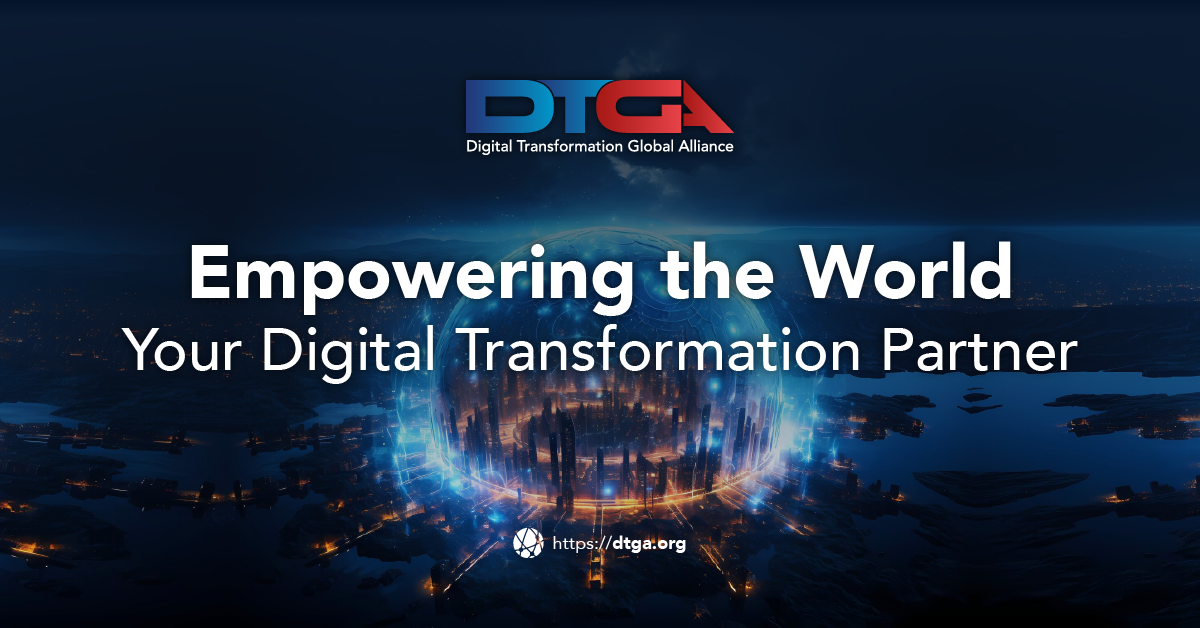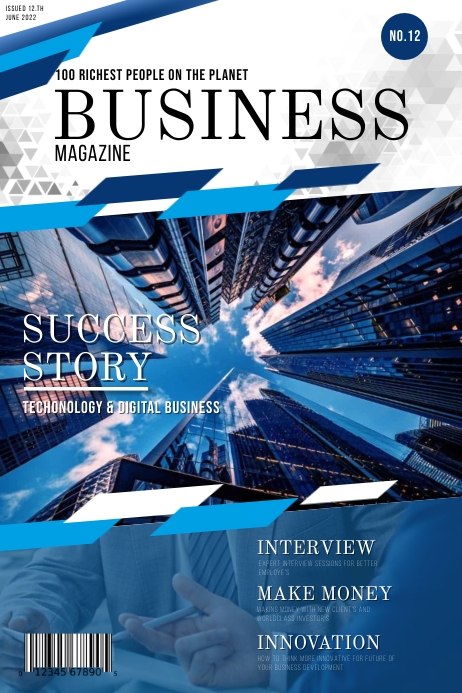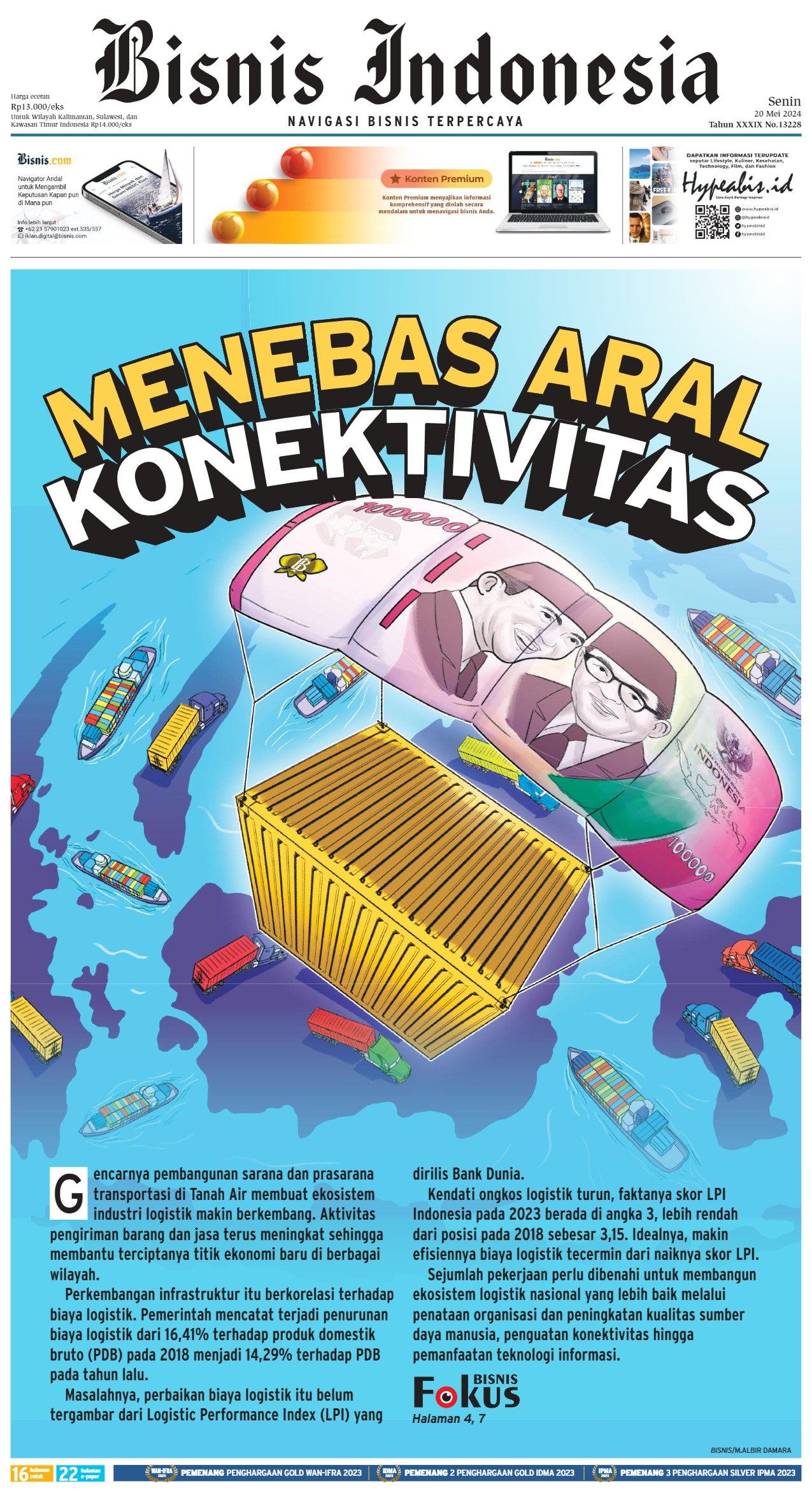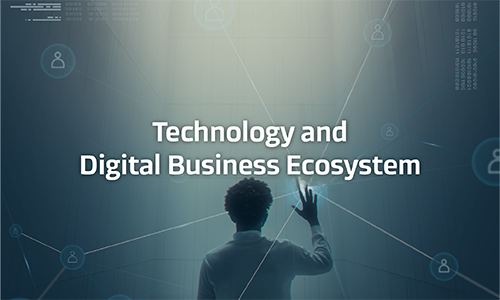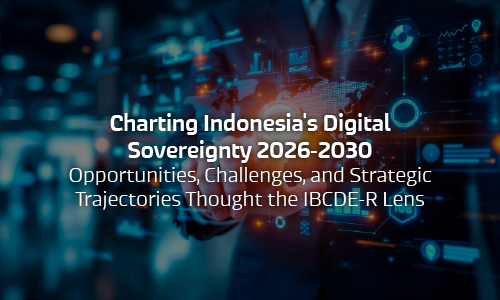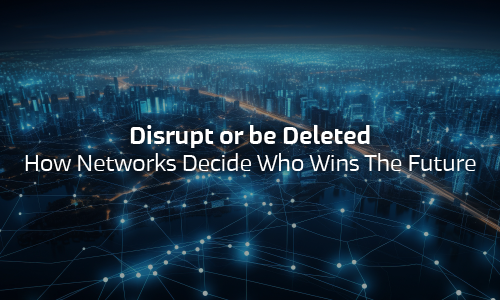
Summary: This article explores the intersection of disruptive innovation and network effects in modern digital markets. By simulating user behavior and adoption dynamics between established firms and market challengers, it reveals how the strength of network effects can either empower or inhibit disruption. In weakly connected environments, innovative entrants can thrive by targeting niche segments and building momentum. Conversely, in highly networked markets, incumbents benefit from user lock-in, making disruption significantly harder. The analysis highlights the importance of user diversity, early traction strategies, and policy interventions such as interoperability and data portability. Ultimately, the study reframes disruption not solely as a function of product superiority, but as a socially driven process shaped by timing, influence, and collective adoption.
Introduction: Beyond the Buzzword of Disruption
In today’s digitally fueled economy, disruption has become more than just a trendy term, it’s a rallying cry for entrepreneurs and innovators seeking to challenge the status quo. From scrappy startups to tech giants, everyone wants to disrupt something. But what really determines whether a new technology succeeds in shaking up an industry? And what role do the connections between people, the networks they form, play in amplifying or suppressing that change?
This article explores the intersection of disruptive innovation and network effects. Through a simulated model, we unravel how user preferences, firm strategies, and the strength of social connections shape whether a new idea becomes the next big thing or quietly fades away.
Revisiting the Roots: What Is Disruptive Innovation?
When Clayton Christensen first introduced the concept of disruptive innovation in the 1990s, it reframed how we think about competition. Instead of focusing only on high-end rivals battling it out with better features, disruption highlighted how simpler, cheaper alternatives could slowly unseat industry leaders.
Think of it like this: It’s not about building the biggest, fastest car. It’s about inventing the scooter that gets people where they want to go, cheaper and easier. Over time, the scooter becomes good enough, and the car companies get left behind.
The Silent Influencer: Network Effects Explained
But there’s a twist that traditional disruption theory didn’t fully capture: people don’t make decisions in isolation.…


